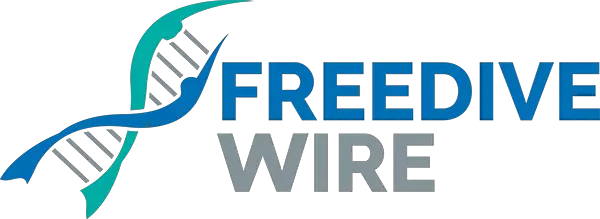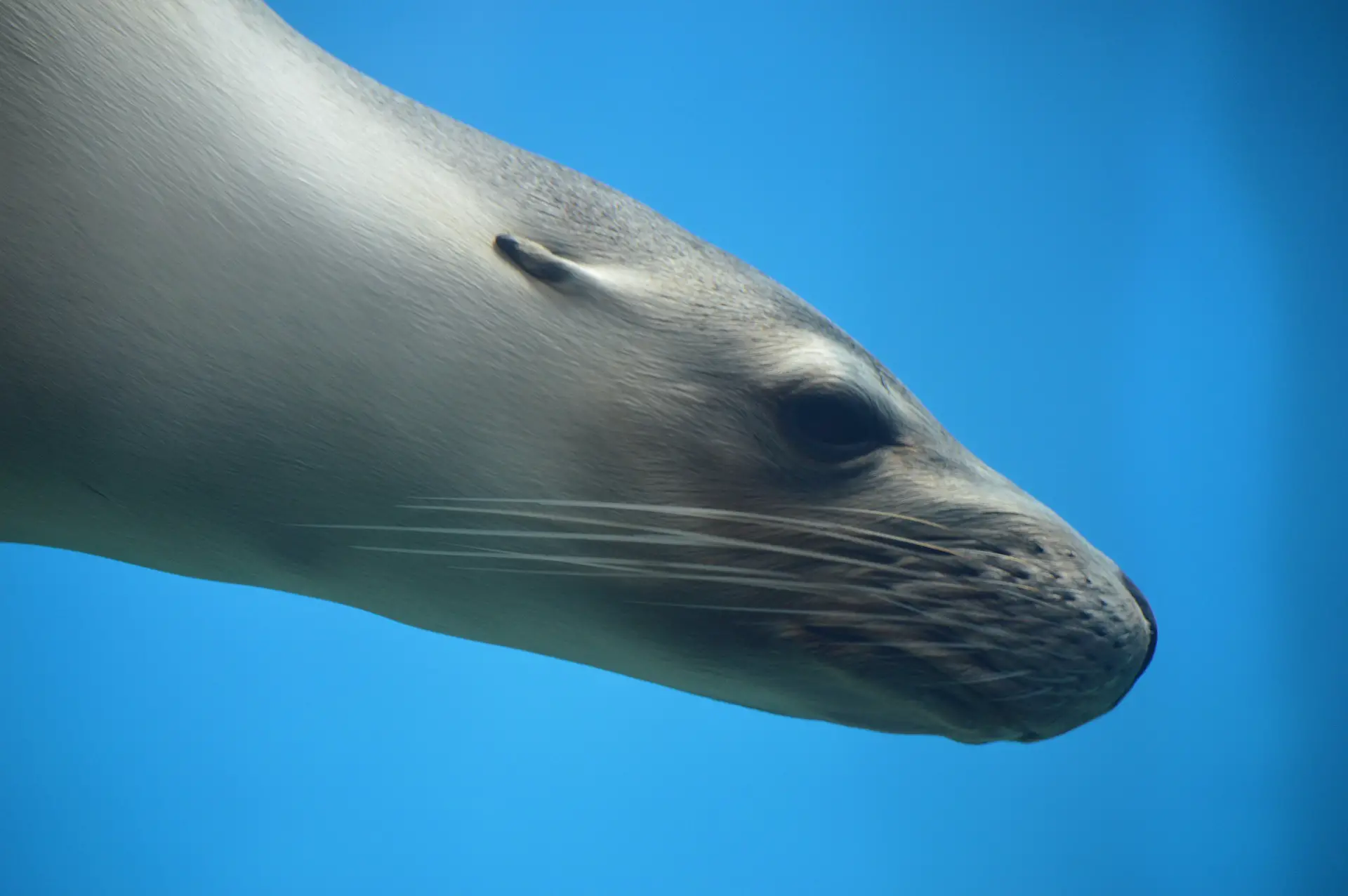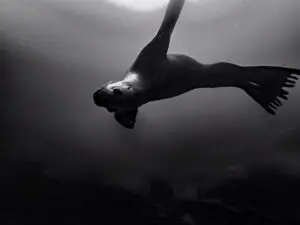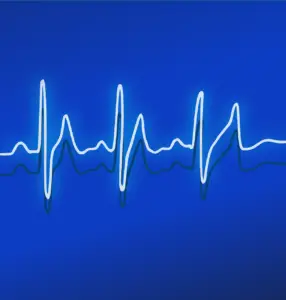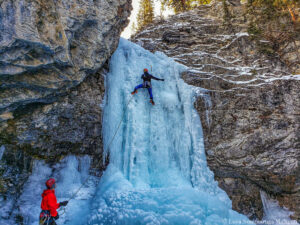Most people fear holding their breath. Their entire body will scream for air a minute into a breath hold. For them, the thought of deliberately going underwater for extended periods of time without scuba gear seems completely crazy.
And at the other end of the spectrum, there are freedivers. They are people that stay underwater for minutes at a time for photography, spearfishing, competition, or sight-seeing. Freediving is a growing sport world-wide.
Despite common belief, freediving can be very safe. Even so, take your safety in your own hands and find an instructor. There are still people that die in pools every year.
So is it crazy?
The mammalian dive response
Well, no. There are specific evolutionary adaptations that help us dive. They are similar to those of whales and other aquatic mammals. Taken together these adaptations are called the mammalian dive response.
The mammalian dive response is triggered by cooling of the face and apnea. Cooling of the face occurs as soon as your face is in the water. Apnea is self-controlled, simply hold your breath. With training your dive response is triggered faster and becomes stronger. Some elite freedivers can even start the mammalian dive response at will.
The mammalian dive response causes the body to conserve oxygen for the heart and brain. The most important parts of the mammalian dive response are peripheral vasoconstriction, blood shift, bradycardia and splenic contraction.
Peripheral vasoconstriction reduces the amount of blood that that flows to the limbs. This preserves oxygen for the heart and brain. Blood shift is the shift of blood from the limbs to the thorax. This counters the decrease in lung volume under pressure. Bradycardia is a lowering of the heart rate. Taken together these effects allow us to dive longer & deeper.
Recent research has shown that the Bajau Laut, who survive by foraging underwater, have much larger spleens than those of their farming neighbours.
The dive response makes our body act in the opposite way from what it would do otherwise. It really is an amazing physiological adaptation. Imagine you are totally relaxed and suddenly start moving. Your heart rate should go up and blood flow should increase. Not so much if you are in the water holding your breath. Even though you start moving, your heart rate drops and blood flow (to the limbs) decreases dramatically.
This is the mechanism that allows us to dive deeper than 100 m, spear tunas on breath hold, and get out of a submerged car without drowning. Well, if you’re lucky. It never worked for the Mythbusters, but with some freedive training you might have a shot at it.
You can see how Adam panics after 10 seconds of submersion, even though he is in a ‘controlled’ environment. This is probably how 99.9% of us would respond in a real-life situation.
We will never be seals
We can train and dive all we want, we will never be seals. Although some people on earth have lived on/in the water long enough to adapt in miraculous ways, we are still land mammals. Here are the main reasons.
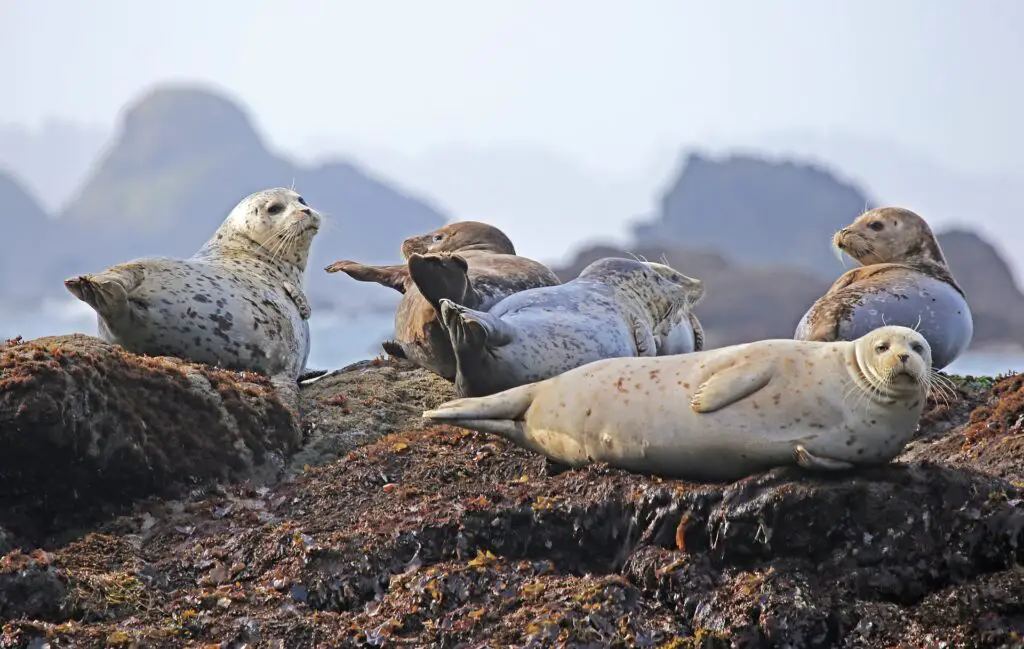
Blood volume of seals and humans
Seals have huge volumes of blood. A Weddel Seal consists of about 20 – 22% blood and on top of that, their blood contains about twice the hematocrit (red blood cell volume) of ours. We only consist of 7 – 8% of blood. We can’t increase our blood volume much, simply because we can’t pump all that blood around against the force of gravity.
For example, I weigh close to 100 kg. If about 7 – 8 % of that is blood I contain 7,5 liters of blood. I would need another 15 liters of blood to be at 20% blood. I have no idea where all of that would go, but I am sure it would make me look like a seal. If I could still stand my legs would probably swell up to be huge.
For a life in water having a huge blood volume is not a problem. The blood will still be easy to pump around because it is about he same weight as its surrounding. For a life on land a huge blood volume doesn’t work.
On a brighter note, we can increase our blood volume a little bit. However, for us it is more effective to increase the amount of hematocrit our blood carries. This increases the oxygen carrying capacity of the blood.
Why seals don’t get decompression sickness
Seals can dive all day long without getting decompression sickness (DCS). The increased pressure causes nitrogen to dissolve in the body. DCS occurs when nitrogen bubbles come out of the tissues upon ascent. These nitrogen bubbles and cause paralysis and even death. The reason SCUBA divers limit their ascent rate and include a safety stop is to allow nitrogen to be released from the tissues slowly enough not to form bubbles.
Most freedivers don’t dive long and deep enough for DCS, but there are plenty that do. They can only do a few long and deep dives until DCS becomes a risk. So how do seals avoid it?
A common myth is that seals avoid DCS by diving on an exhale. But even while diving on an exhale they bring plenty of nitrogen down to get DCS. In 1975 a study of the anatomy of seal lungs showed that the entire lungs, apart from the alveoli, are reinforced with cartilage.
This cartilage allows the alveoli to collapse at depth, preventing gas exchange in the lungs. Even though the seals lungs still contain nitrogen, it cannot be dissolved in the body. A potential bonus of this mechanism is that when the alveoli open again upon the ascent, there is some air & oxygen available before surfacing.
You can get decompression sickness from freediving, even if you dive on an exhale.
In contrast, in humans the alveoli do not collapse, even when we dive on an exhale. Gas exchange is maintained at depth and we continue to accumulate nitrogen. Even if we train our bodies to the max in every other respect, DCS will be a limiting factor on our dives.
Myoglobin concentration and charge
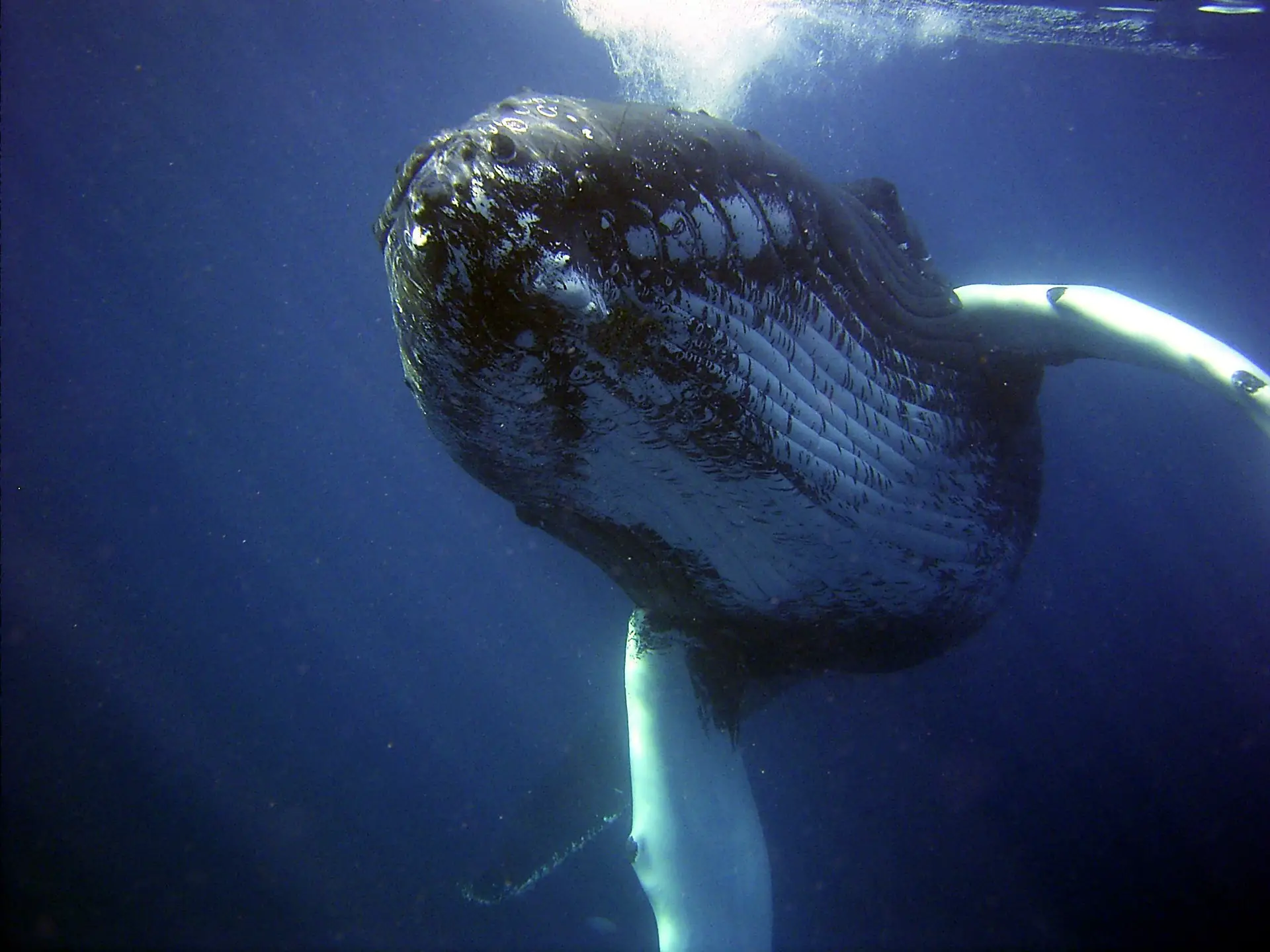
Diving mammals store large quantities of oxygen in their muscle tissue. The protein responsible is myoglobin. Myoglobin is a simply protein that can bind to oxygen in the same way that hemoglobin in red blood cells binds to oxygen. All mammalian muscle contains myoglobin, but some more than others.
Myoglobin is what makes muscles dark. Chicken breast contains very little myoglobin so is very pale. Steak contains quite a bit of myoglobin so is darker. Whale muscle contains a lot of myoglobin so is very dark.
But in humans high concentrations of myoglobin tend to clump together. This clumping renders myoglobin useless. Diving mammals have solved this problem.
The myoglobin they generate has a higher charge than that of humans, causing the individual proteins to repel each other. This allows them to store and use massive amounts of myoglobin. One study has even shown that 82% of all the variability in the dive time of diving mammals can be attributed to myoglobin concentrations.
We can no doubt increase our myoglobin stores. In fact, elite cyclists have higher concentrations of myoglobin than untrained individuals. But it is unlikely that we can ever increase it enough to be a match for seals and whales even though we are distant cousins…
Oh, just in case you do ever get stuck in a sinking car, here is what you need to do.
